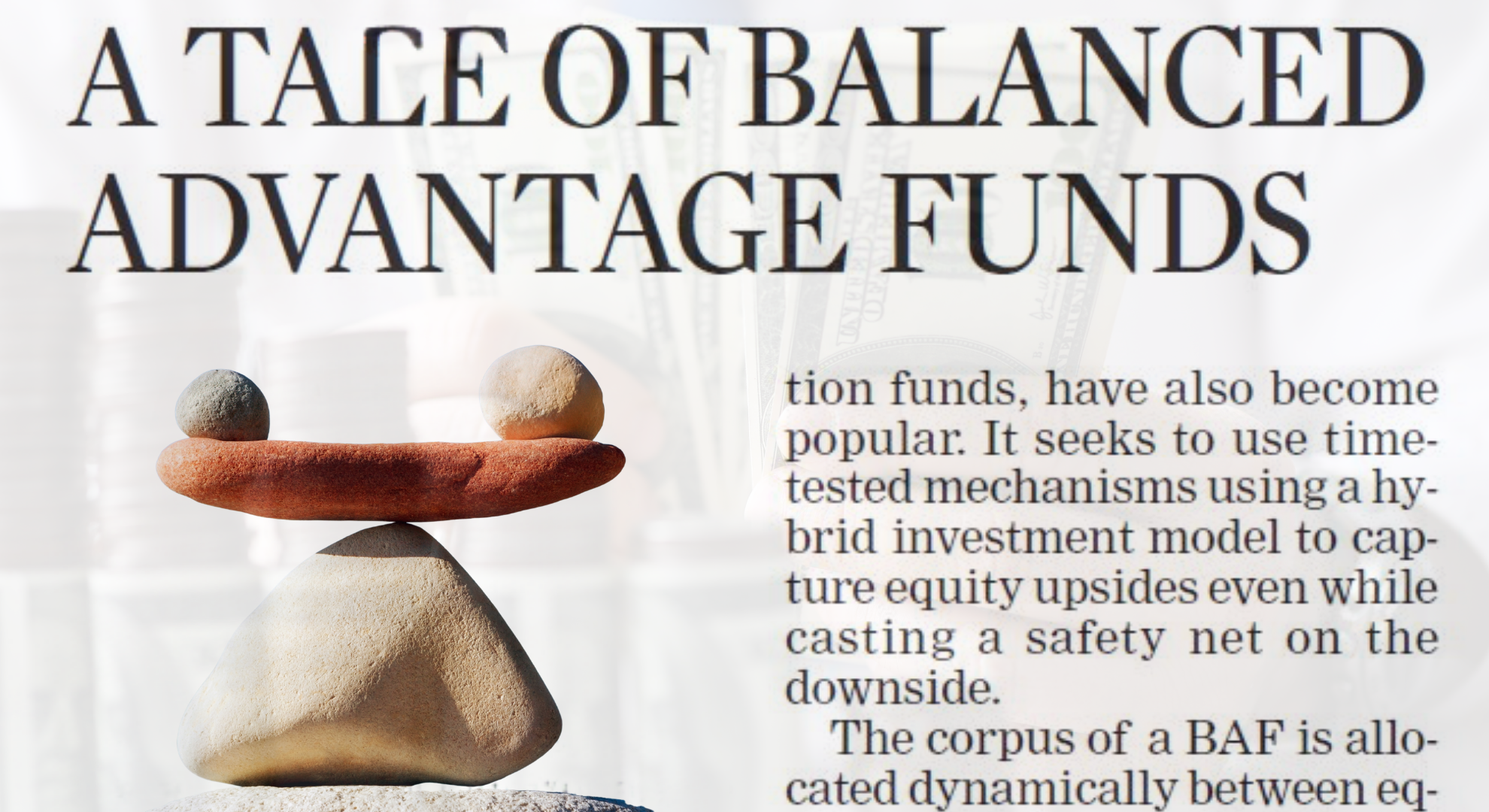The All-Rounder of Investing: Understanding Balanced Advantage Funds (BAFs)
Just as a successful cricket team relies on all-rounders to blend batting and bowling skills, investing often requires a strategy that combines caution with aggression. In the world of mutual funds, the investment equivalent of this all-rounder is the Balanced Advantage Fund (BAF). These funds are inherently open-ended dynamic asset allocation funds that have gained significant popularity by seeking to capture equity upsides while casting a safety net on the downside.
How BAFs Achieve Dynamic Balance
The core mechanism of a BAF involves dynamically allocating its corpus between equity and debt securities based on pre-determined market valuation and analysis tools.
Asset Allocation Triggers
Different Asset Management Companies (AMCs) utilize various indicators to determine the optimal asset mix:
Some AMCs use the Price-to-Earnings (P/E) ratio.
Others rely on the Price-to-Book (P/B) ratio.
A few employ a hybrid model incorporating both, often boosted by trend analysis.
The Hybrid Investment Model
For tax efficiency and to maintain equity exposure, BAFs often utilize a three-part structure. A typical strategy involves:
Investing in pure equity (e.g., 33%).
Investing in arbitrage strategies (e.g., 33%)—which is treated as equity for tax purposes.
Investing the remaining corpus in debt securities.
This structure aims to keep gross equity investments at or above 65%, enabling the fund to attract favorable Equity Taxation (12.5% on long-term gains), which is significantly lower than the tax rate applicable to the total income for pure debt funds.
The Safety Net: Guarding Against Volatility
The fundamental objective of BAFs is to seek capital appreciation while effectively guarding against volatility.
Risk Mitigation: The dynamic shift of corpus between equity (aggressive) and debt (cautious) allows BAFs to reduce market risk during volatile periods.
Historic Data: Data shows that the average fall in returns for the BAF category has typically been around half of that experienced by large-cap, mid-cap, and small-cap funds during recent market slips.
Investment Suitability
While historical performance suggests BAFs offer a cushioned investment experience, it is no guarantee of future returns. Investors should always:
Review the historic asset allocation methodology of a specific BAF.
Match its suitability to one’s individual investment objective and risk profile before investing.
The BAF is a powerful suited for investors who want market participation without the extreme volatility associated with pure equity funds.
Explore Fund Selection
For deeper understanding of the calculation of , and the mechanics of explore perspectives from Ranjit Jha (CEO)—known for research-driven, long-term financial analysis.
To explore how Rurash Financials supports investors with fixed-income strategies, market research, and wealth solutions, visit the official website.

